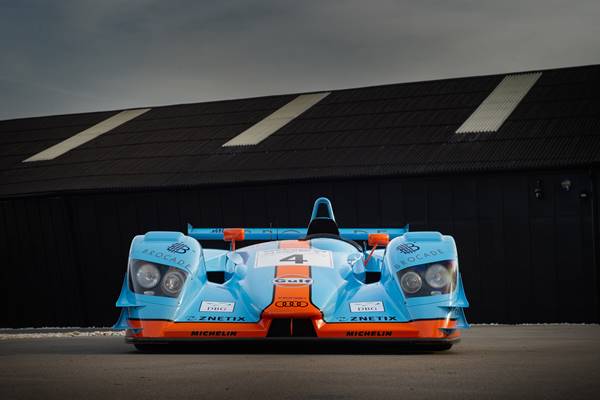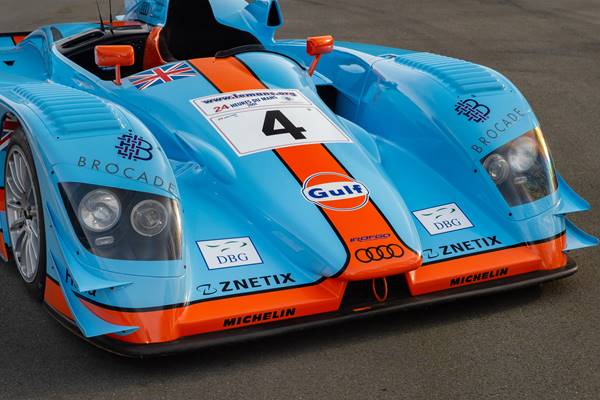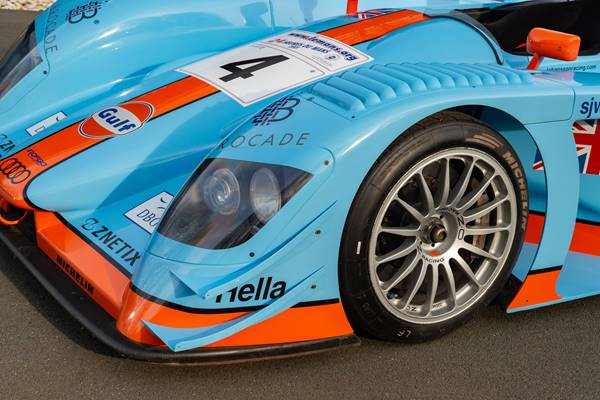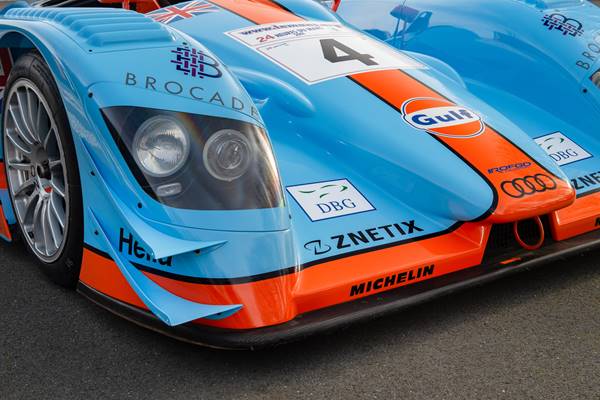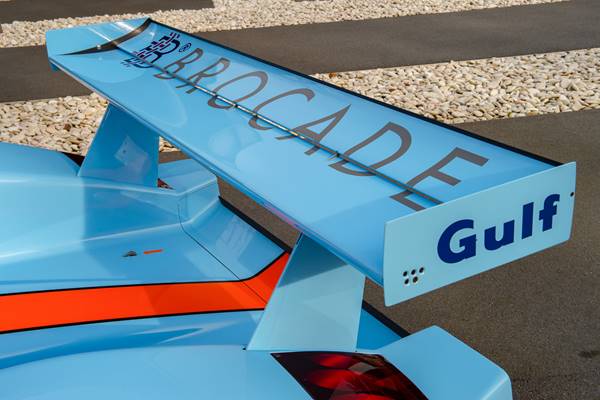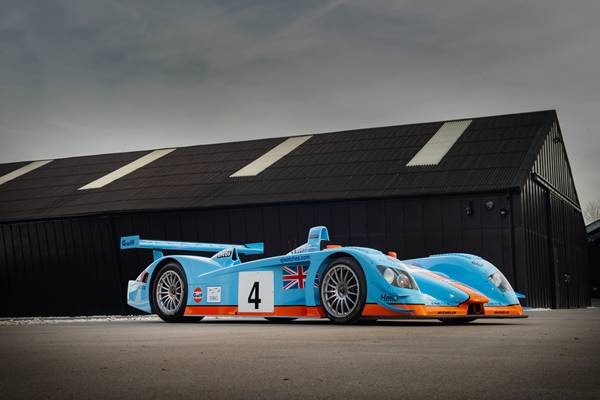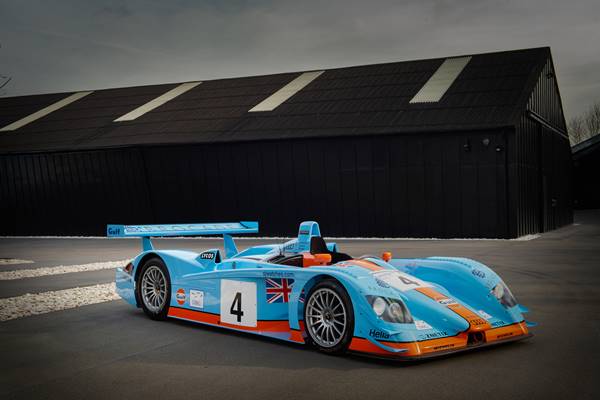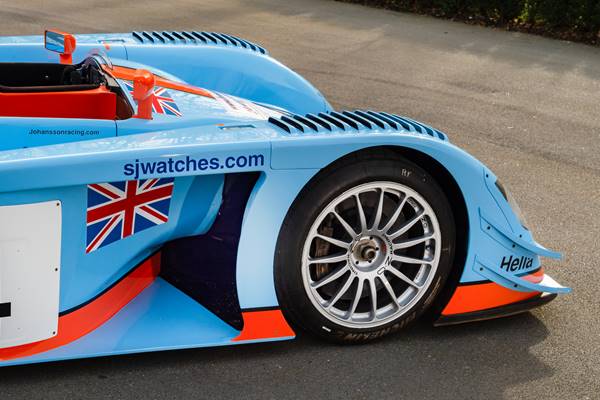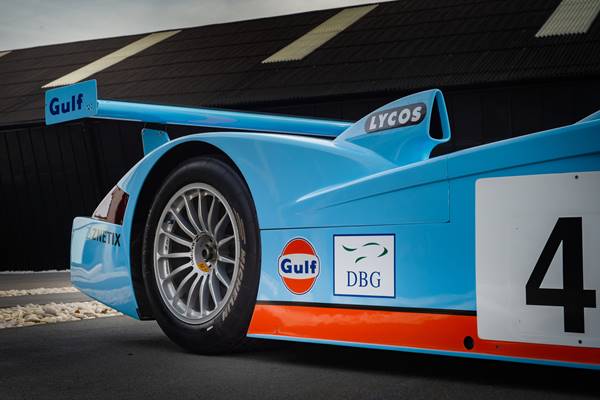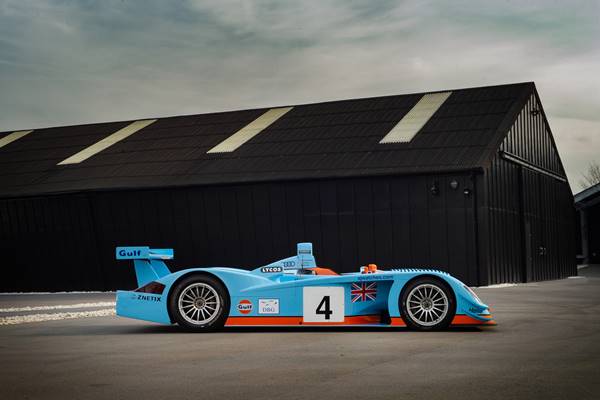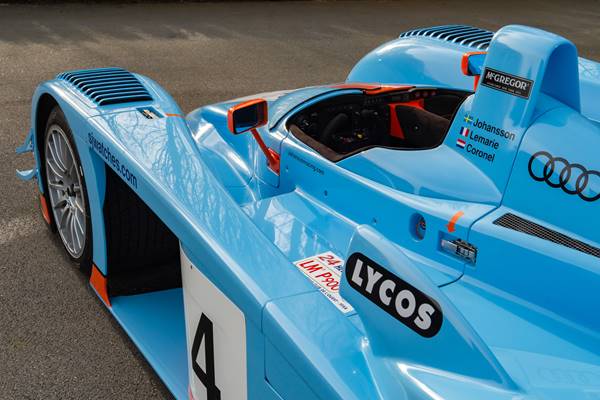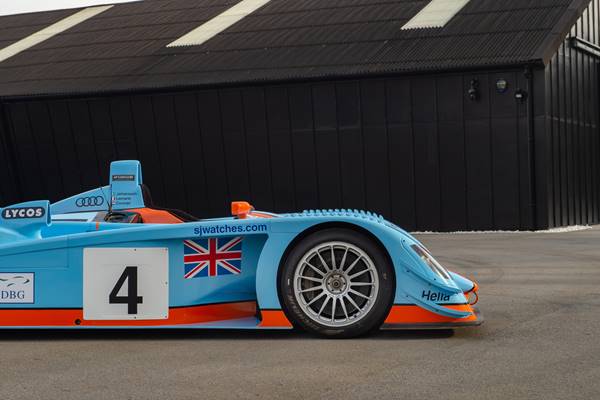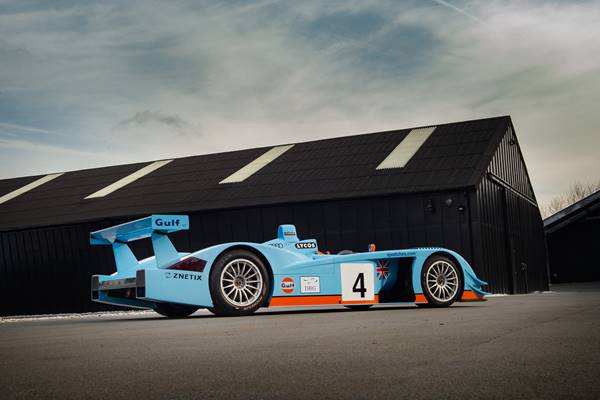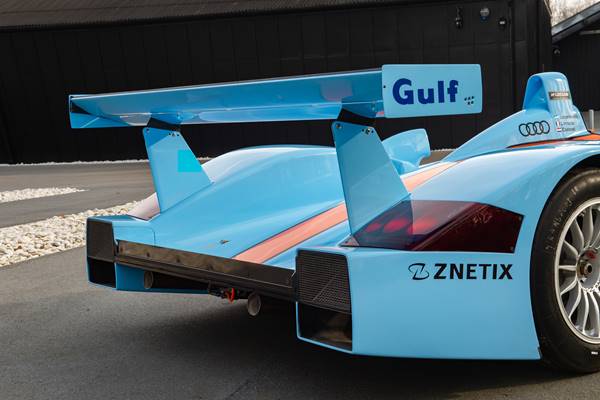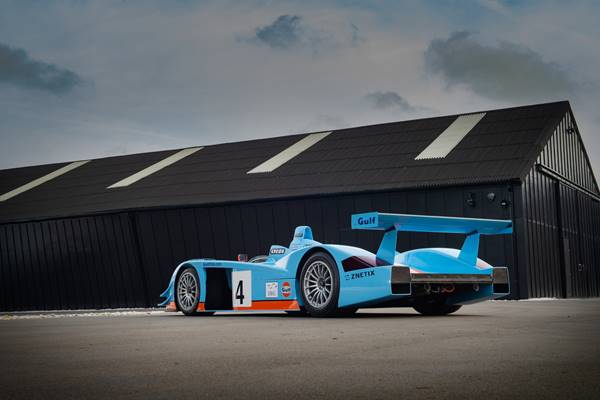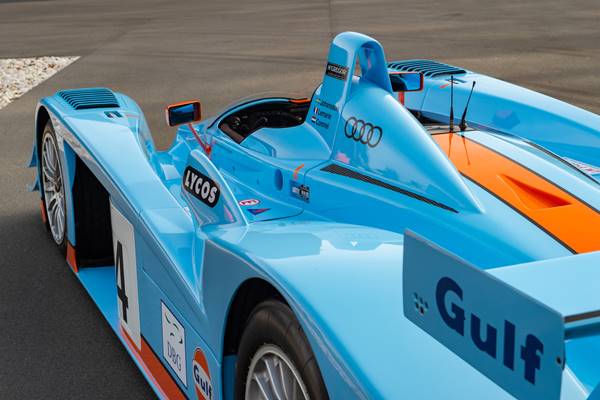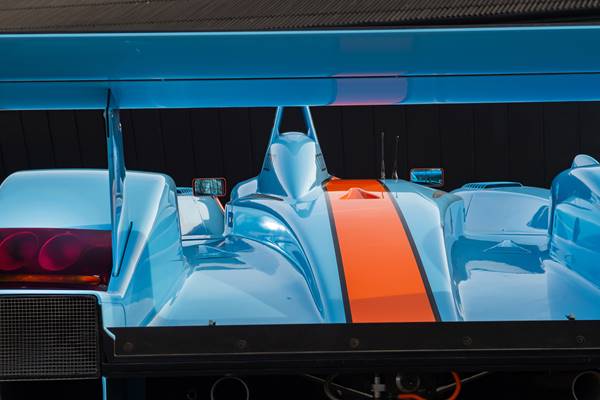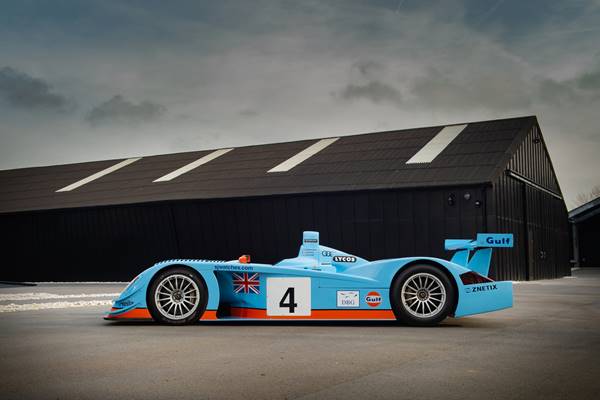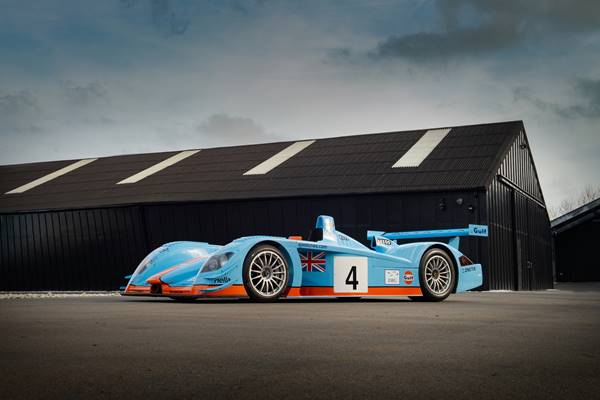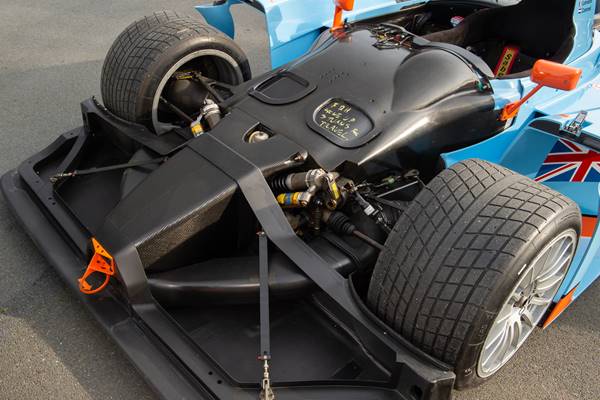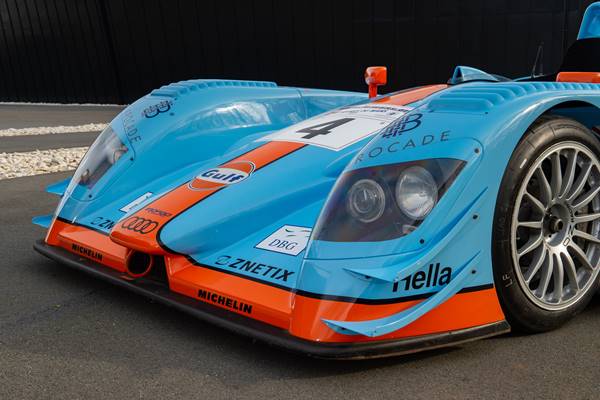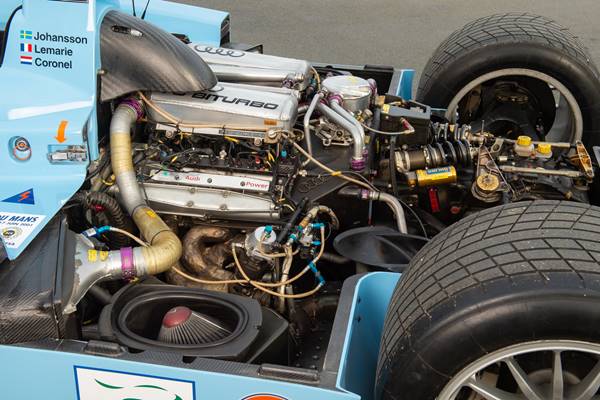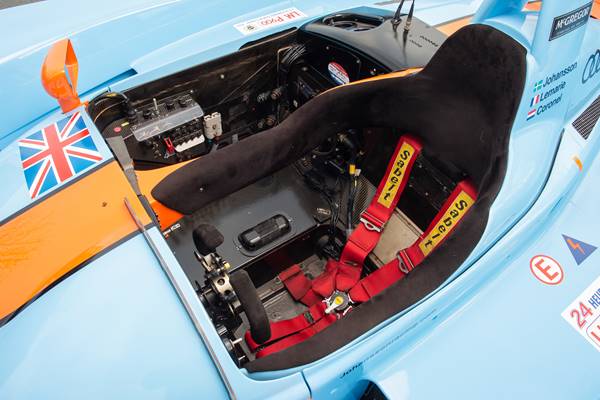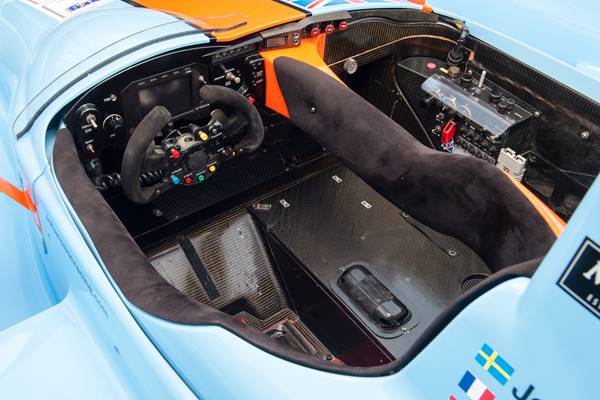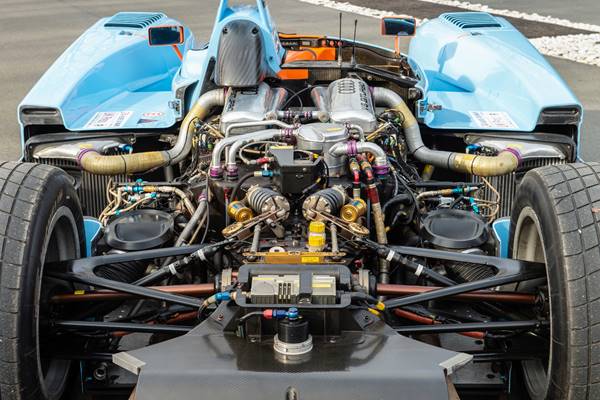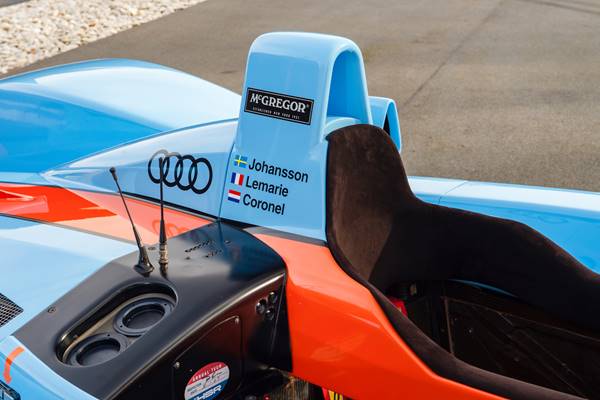The Audi R8 has already earned its place in the history books as one of the finest racing sports cars of all time. It ranks up there with the Jaguar D-type, Ford GT40 and Porsche 956 as a true legend of endurance racing.
The R8 was developed from the R8R, which had been raced in 1999, and was an open cockpit LMP prototype conceived for both the Le Mans 24-hours and the American Le Mans Series. The R8R struggled for pace, but used reliability to take third and forth places at Le Mans. Suitably encouraged, Audi re-grouped for the 2000 season and developed the R8, which was the result of collaboration with chassis manufacturer Dallara and the Joest Racing team.
The R8 was a huge success. It won Le Mans five times between 2000 and 2005 and won the American Le Mans title six times on the run. It was a record that may never be equalled and the R8’s reign only really came to an end as the diesel-powered prototypes came to the fore.
R8 chassis number WAUZZZ8RZAA100403 - or ‘403 for short - had a variety of liveries, teams , drivers and entrants, but was a successful car during its two years of racing. Debuted at the 2000 Sebring 12-hours, chassis 403 was entered by Audi Sport North America, a team populated by Joest personnel and aimed at giving Audi a marketing platform in the vital North American market.
Allan McNish, Rinaldo Capello and former Grand Prix driver Michele Alboreto drove the car to second place before Alboreto and Capello shared the car with Christian Abt at Le Mans when it was entered by Audi Sport team Joest. Third was the result followed by pole position at the Nürburgring for Capello/McNish, but in the 1000km round of the Le Mans Series it spun off and retired.
Back in the US, chassis 403 won at Sears Point, Mosport and Portland (all with the hugely successful McNish/Capello driver pairing) and took the Petit Le Mans title with McNish, Capello and Alboreto sharing the car. McNish and Capello won again at Laguna Seca before the car was reliveried in crocodile colours and headed to the Adelaide Race of a Thousand Years on New Year’s Eve, 2000. There McNish and Capello decimated the opposition, despite McNish hurting his back pre-race.
Designed to be and annual event, the Adelaide street race was run only once and drew a crowd of 125,000. The R8 had meagre opposition and won by a massive 21-lap margin.
Chassis 403 was then sold to former Grand Prix racer Stefan Johansson and ran in Gulf colours under the Johansson Motorsport banner. The car, operated by Mike Earle’s Arena Motorsport team and engineered by Richard Owen, started the season with forth at Sebring in the hands of Johansson and Guy Smith. It raced in the new European Le Mans Series in which it won at Brno (Johansson/Patrick Lemarié) to help to make up for retirement at Le Mans.
